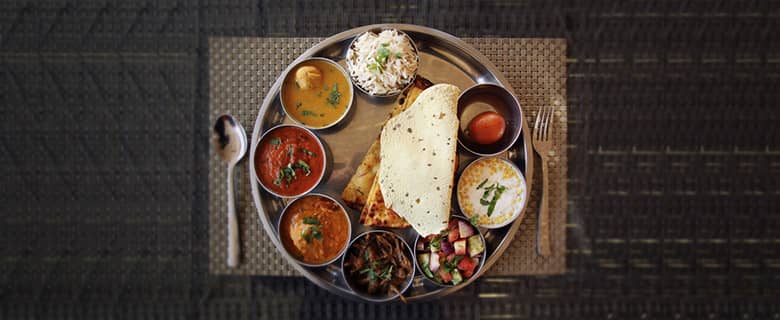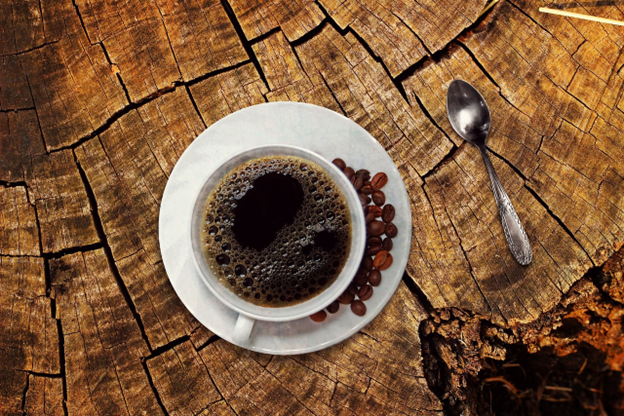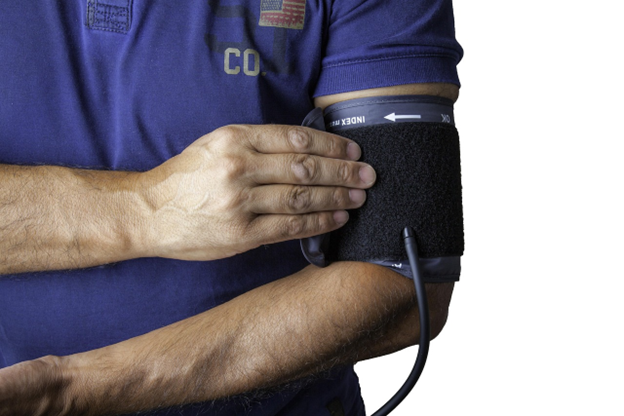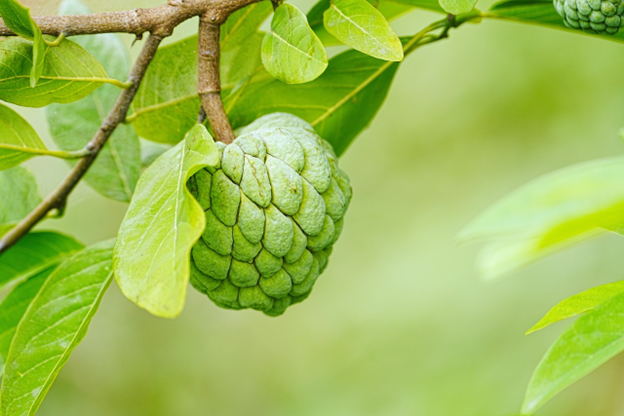Introduction to High Blood Pressure and Diet’s Role in Managing It
High blood pressure, often called hypertension, is more than just a reading at your doctor’s office. It’s your body’s way of signalling that your heart is working harder than it should, almost like a traffic signal flashing red when the roads are jammed.
The encouraging part is that diet plays a central role in managing these numbers. Diet isn’t just about calories, but it’s about nutrients that relax blood vessels, balance sodium, and give your heart the break it deserves. Choosing the right foods, in the right portions, can ease the pressure on your arteries, support better circulation, and improve overall well-being.
This 7-day meal plan is expert-approved but people-friendly. There are no complicated recipes or bland “hospital food” here, just everyday meals (with a few creative twists) that taste good while keeping your BP in line.
7-Day Diet Plan for High Blood Pressure
Managing blood pressure isn’t just about cutting salt; it’s also about giving your body the right amount of fuel. Too little and you’ll feel drained, too much and your heart’s doing overtime. Most women think balanced at around 1,500 to 1,800 calories/day, while men usually land closer to 1,800 to 2,200 calories/day.
And this plan focuses on simple, everyday foods you can easily find in your kitchen (or the local grocery store). It’s not about fancy superfoods with impossible price tags. It’s about balance, portion control, and flavour without the salt overload.
Day 1 Diet Plan: Approx 1,400 kcal
- Breakfast (300 kcal): Spinach paratha (1 medium) + low-fat curd.
- Mid-Morning Snack (80 kcal): Apple slices.
- Lunch (450 kcal): Brown rice (¾ cup) with mixed veggies + steamed spinach.
- Evening Snack (120 kcal): Green tea + puffed rice with chopped veggies.
- Dinner (450 kcal): 2 rotis + sautéed bhindi + dal (½ cup).
Day 2 Diet Plan: Approx 1,510 kcal
- Breakfast (350 kcal): Veggie omelet (2 eggs, no cheese) + 1 slice whole wheat toast.
- Mid-Morning Snack (60 kcal): Guava.
- Lunch (500 kcal): Oats upma (1 cup) + cucumber salad.
- Evening Snack (100 kcal): Beetroot juice.
- Dinner (500 kcal): Brown rice (¾ cup) + grilled fish (palm-sized) + sautéed broccoli.
Day 3 Diet Plan: Approx 1,410 kcal
- Breakfast (350 kcal): Flaxseed oatmeal (1 serving) with banana slices.
- Mid-Morning Snack (60 kcal): Kiwi.
- Lunch (450 kcal): 2 rotis + dal (½ cup) + sautéed bhindi + green salad.
- Evening Snack (100 kcal): Watermelon slices.
- Dinner (450 kcal): Vegetable brown rice (¾ cup) + steamed kale + curd (½ cup).
Day 4 Diet Plan: Approx 1,510 kcal
- Breakfast (300 kcal): Spinach and banana smoothie with almond milk.
- Mid-Morning Snack (100 kcal): Fruit salad with lemon.
- Lunch (500 kcal): Oats upma (1 cup) + sautéed spinach.
- Evening Snack (160 kcal): A small handful of unsalted almonds.
- Dinner (450 kcal): 2 rotis + sautéed bhindi + dal (½ cup).
Day 5 Diet Plan: Approx 1,620 kcal
- Breakfast (400 kcal): Veggie omelet + 1 spinach paratha.
- Mid-Morning Snack (100 kcal): Banana.
- Lunch (550 kcal): Brown rice (¾ cup) + light fish curry + broccoli stir-fry.
- Evening Snack (120 kcal): Green tea + puffed rice with onions & cucumber.
- Dinner (450 kcal): 2 rotis + dal + sautéed kale.
Day 6 Diet Plan: Approx 1,630 kcal
- Breakfast (350 kcal): Flaxseed oatmeal with berries.
- Mid-Morning Snack (80 kcal): Apple.
- Lunch (500 kcal): Oats upma (1 cup) + cucumber-tomato salad.
- Evening Snack (200 kcal): Beetroot juice + walnuts.
- Dinner (500 kcal): Brown rice (¾ cup) + grilled salmon (palm-sized) + sautéed spinach.
Day 7 Diet Plan: Approx 1,400 kcal
- Breakfast (300 kcal): Spinach and banana smoothie with almond milk.
- Mid-Morning Snack (80 kcal): Guava or kiwi.
- Lunch (450 kcal): 2 rotis + dal (½ cup) + sautéed bhindi + leafy salad.
- Evening Snack (120 kcal): Watermelon slices + green tea.
- Dinner (450 kcal): Brown rice (¾ cup) + steamed broccoli + curd (½ cup).
Additional Tips for Managing High Blood Pressure Beyond Diet :
While diet plays a major role but your lifestyle choices also influence blood pressure. Here are a few additional strategies:
- Regular Physical Activity: Even 20 to 30 minutes of brisk walking supports heart health.
- Manage Stress: Yoga, journaling, or just putting your phone on “Do Not Disturb.”
- Sleep Well: Scrolling memes till 2 a.m. isn’t worth the morning BP spike.
Foods to Avoid in a High Blood Pressure Diet
Sometimes it’s not what you eat, but what you avoid, that makes the difference. It’s important to include foods that should be avoided to manage high blood pressure. Examples:
- Excessive Salt: Limit processed foods and fast foods.
- Sugary Snacks and Drinks: Sodas, sweets, and desserts can lead to weight gain and unstable blood pressure.
- Fried Foods: Often high in unhealthy trans fats that negatively impact both cholesterol and blood pressure.
- Red meat and saturated fats
FAQ – Common Questions About High Blood Pressure and Diet
- Can I Drink Coffee if I Have High Blood Pressure?
Yes, in moderation. One cup a day is generally safe, but several cups may lead to a noticeable increase in blood pressure.
- Is it Safe to Eat Spicy Food with High Blood Pressure?
Spicy food in itself isn’t the enemy. The concern arises when spicy foods are prepared with excessive oil or salt. So opting for home-cooked dishes allows better control.
- What’s the Impact of Alcohol on Blood Pressure?
An occasional glass of wine or a small serving of alcohol is generally considered acceptable for most individuals. However frequent or excessive drinking such as binge consumption over weekends, can significantly raise blood pressure and place additional strain on the heart.
Conclusion – Embracing a Heart-Healthy Lifestyle
Managing blood pressure is not about strict restrictions but about making clever choices. By incorporating balanced meals, practising portion control, and avoiding excessive salt or processed foods, you can create a lifestyle that supports heart health.
Consistency is key. Over time, these small adjustments lead to improved energy, confidence in health check-ups and reduced risk of complications. A structured 7-day meal plan offers a practical starting point towards a healthier, more balanced routine.
Disclaimer
The information contained in this article is to educate, spread awareness in relation to hypertension and other diseases to the public at large. The contents of this article are created and developed by BPinControl.in through its authors, which has necessary, authorisations, license, approvals, permits etc to allow usage of this articles on The Website. The views and opinions expressed in this article are views, opinions of the respective authors and are independently endorsed by doctors. Although great care has been taken in compiling and checking the information in this article, The Website shall not be responsible, or in any way liable for any errors, omissions or inaccuracies in this article whether arising from negligence or otherwise, or for any consequences arising therefrom. The content of this article is not a substitute for any medical advice. The Website shall not be held responsible or liable for any consequence arising out of reliance on the information provided in the article.




